Blog
Blog
Horizon Chimney Services
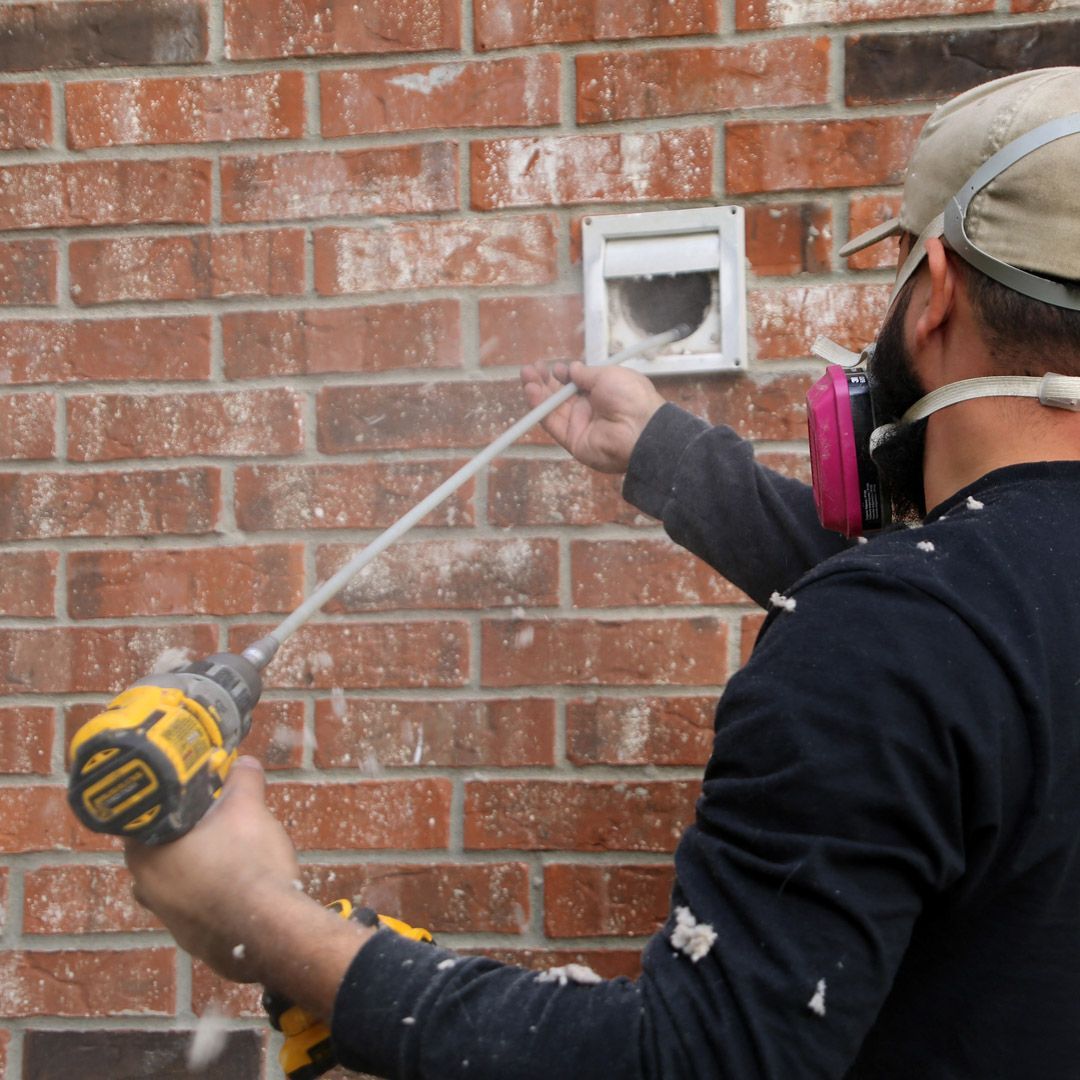
By 7016313241
•
January 22, 2025
How often do you and your family do laundry? Is it four or ten times a week? Depending on the size of your family you do a lot of laundry. You may not realize the wear that your dryer gets. Every time you turn on your dryer, dust, and lint is captured in the dryer’s lint filter. But this is not the only place that the lint collects. The dryer vent that leads to the outside collects a lot of lint over the days as you use your dryer. This can cause issues with blockage and in worst cases, it can cause fires in the vent. Regular cleaning of the dryer vent is recommended. Our team at Horizon Chimney Services Inc . can help you with this. Benefits of Regular Cleanings Safety First. The risk of a dryer fire is higher if you have a collection of lint in your dryer vent. Between 2010 and 2014, the United States fire departments responded to a survey that concluded that approximately 15,970 fires were reported as being caused by dryers or washing machines. Energy Savings. Families are more in tune with the cost of home energy than ever before. If there is a way to save them, they are on it. It is proven that the dryer runs harder, with more energy, to get your clothes dry when there is an added collection of lint. Clothes need to circulate in the dryer with a robust burst of air to dry efficiently. If there is lint in the dryer vent the machine has to work harder and longer to get those clothes dry. Cleaning out the dryer vent will allow a more efficient drying cycle. Longevity. The life of the dryer has a lot to do with the upkeep and maintenance. If your dryer is fighting for “air” during the drying cycle, it is working that much harder. Machines like well-maintained functions to work. Putting additional stress on the machine will add more wear and tear and not last as long as it should. Less Drying Time. Similar to above, if the dryer isn’t getting the required air that it needs to dry clothes, it will take longer or you are stuck with damp clothes. Cleaning out the vent will allow better circulation of air, fluffing up the clothes for a better drying time. The benefits are abundant. Having a professional take a look at your dryer, cleaning it out, and supplying proper maintenance will allow you a dryer that is efficient and will last a long time. Give us a call when you are ready to schedule your vent cleaning. If you’re looking for high-quality, honest, and professional chimney & venting services in the South Shore areas, turn to Horizon Chimney Service s Inc. Our Trained certified technicians are members of the National Chimney Sweep Guild (NCSG) and receive all of the latest industry education, training, techniques, and safety information. As a company, we strive to exceed your expectations on every level and make your chimney and vent maintenance services as painless and convenient as possible.
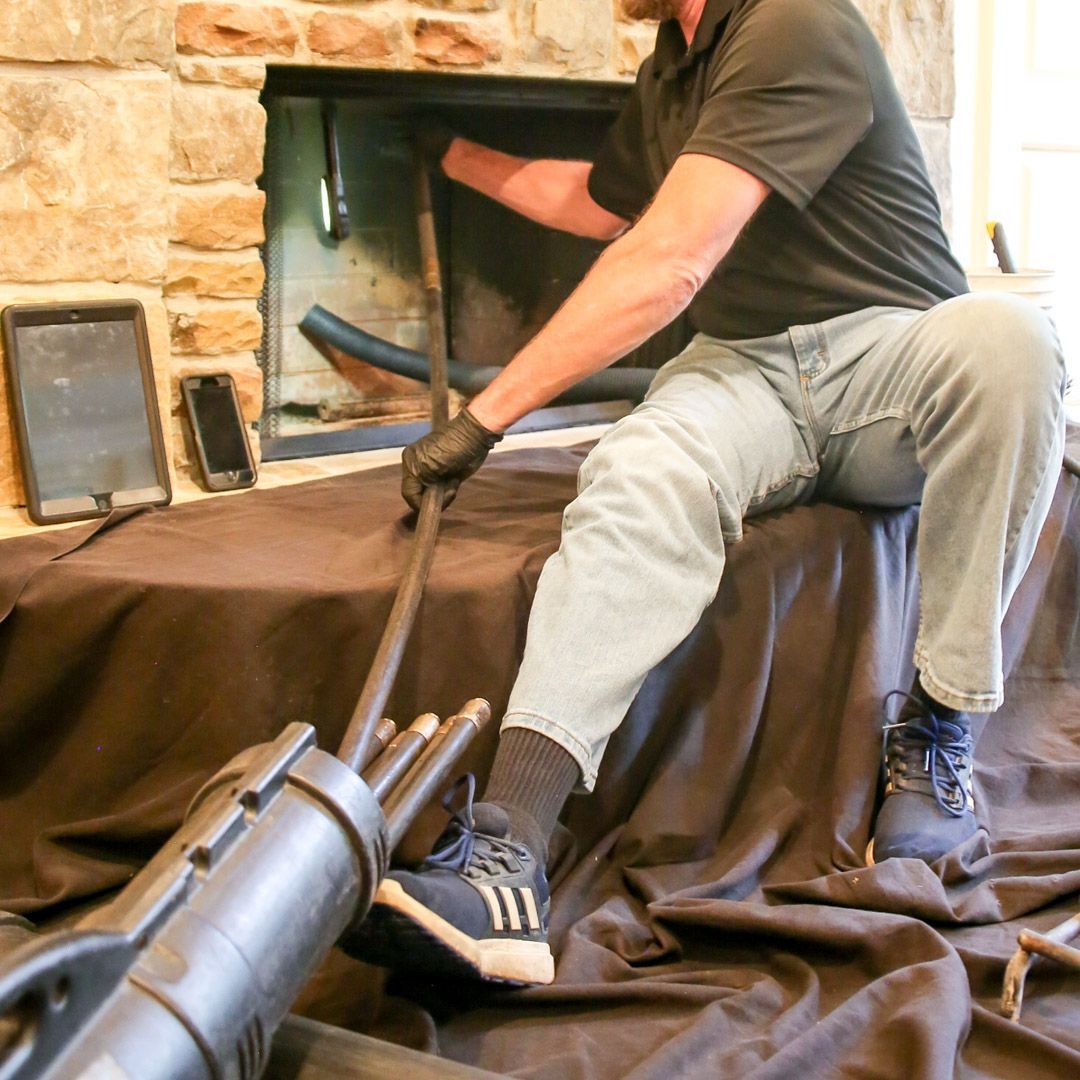
By 7016313241
•
January 22, 2025
The sight and smell of a crackling fire in a wood stove or fireplace are a quintessential New England experience, especially in Mansfield, MA, and surrounding areas in the Providence Triangle. But beyond the cozy ambiance, it's crucial to remember that your chimney plays a vital role in home safety. Neglecting chimney inspections can lead to serious consequences, including fire hazards and health risks. So, here’s why chimney inspections are important. Uncover Health & Safety Risks A chimney is more than a vessel for ventilating smoke from your home. It is a safety barrier protecting your home and family from several hidden dangers, such as: Carbon Monoxide Poisoning Unfortunately, many individuals in the Eastern MA and RI area succumb to the deadly effects of carbon monoxide poisoning every winter. A chimney inspection can uncover ventilation, appliance, and structural issues that can cause this silent killer to invade your living space. Creosote Buildup Burning wood produces creosote, a highly flammable by-product of combustion that accumulates in the flue. Over time, this buildup hardens into a dark, crusty, tarry substance that can ignite from a flying spark or lightning strike, and it can rapidly spread throughout your home, especially when the flue liner is compromised. Flue Obstructions Animal nests, leaves and twigs, and other debris can obstruct the flue, preventing the expulsion of smoke and fumes from your residence. This obstruction can lead to a dangerous backdraft that sends plumes of smoke, hot debris, and exhaust into your living space. Masonry Damage Deteriorating mortar , cracks, or loose bricks can compromise the chimney's integrity, allowing smoke and carbon monoxide fumes to leak into your home. In severe cases, it can cause a partial or complete structural collapse that can cause injuries and damage to your property. The Importance of Annual Chimney Inspections An annual chimney inspection is important for the safe, reliable, and efficient use of your fireplace, stove, and other attached appliances, vents, and connections. A routine inspection includes: Visual Inspection: Checking for cracks, loose bricks, and signs of deterioration on the interior and exterior masonry, chimney crown, flashing, and internal components. Flue Inspection: Use of a specialized video camera to get a close-up view of the flue's interior for signs of cracking, creosote buildup, and other issues that may require relining. Structural Assessment: Identifying any structural issues that can compromise the chimney and cause fire or safety hazards. Cleaning Recommendation: Determines if cleaning is necessary to improve heating efficiency and reduce fire and health risks. Prevent Water Damage: Annual chimney inspections can detect minor leaks before they do more damage and require costlier repairs. How Much Is A Chimney Inspection While costs can vary depending on geographic location, most chimney inspections cost less than $300 when they are done annually. The cost may be higher if it has been two or more years since your last inspection. However, it's still a small price to pay to help prevent a devastating and costly fire. Trust Horizon for Certified Chimney Inspections in Providence Triangle Have you had your annual chimney inspection yet? For over three decades, homeowners in Attleboro, East Providence and townships in Eastern MA and RI have counted on the certified pros at Horizon for their chimney inspections . As a family-owned and operated business with over three decades of experience, we are committed to helping you get the most out of your fireplace and wood stove. Contact Horizon Chimney Services to schedule your chimney inspection today!
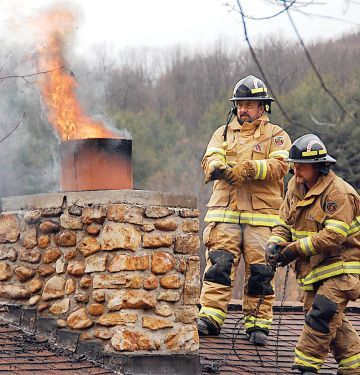
By 7016313241
•
January 22, 2025
Did you know that the number one priority of a professional chimney sweep is to prevent chimney fires? Our experts are trained to identify potential fire hazards, such as creosote buildup and obstructions, and to clean and maintain chimneys to reduce the risk of fires. According to the National Fire Protection Association (NFPA) and FEMA statistics, over 25,000 chimney fires cause over $125 billion in property damage and tragically claim around ten lives annually. Winter is a hectic time of year as folks start lighting their fireplaces and wood stoves when it gets cold, says Tim McLaughlin, state fire marshal for Rhode Island. “Have the chimney checked, the flue, the creosote builds up really quickly inside there,” he said. “It only takes a little crevice for that fire to get into your house and go right through your house.” Here’s how you can prevent chimney fires this winter: What Causes Chimney Fires Creosote buildup from a failure to properly sweep the chimney is the primary cause of house fires in Eastern MA and RI. Creosote is a by-product of burning wood. It accumulates on the interior walls, the flue liner, the smoke chamber, and other areas of your chimney. The longer it remains in the chimney, the more flammable it becomes, significantly increasing the risk of a chimney fire. While creosote is the main reason, there are other causes too: Blocked Chimneys: Obstructions like bird nests, leaves, twigs, and fallen debris are combustible materials. They can hinder proper airflow, trapping heat that can ignite into flames. Lightning: Lightning that strikes the chimney can also cause a fire, especially when creosote residue is around the chimney cap, chase cover, and crown. A Newport, RI, home was significantly damaged when lightning struck the chimney. Burning Improper Materials: Don't use your fireplace or stove as an incinerator. Materials like magazines, treated wood, and plastics contain chemicals that could cause a chimney fire or even an explosion. These materials can produce excessive heat, leading to a chimney fire, or release toxic fumes, posing a health risk to you and your family. Preventing Chimney Fires Annual Inspections Schedule a professional chimney sweep inspection at least once a year, preferably before the start of the heating season. This visual inspection will allow your sweep to assess the condition of the chimney, issues that need attention, and whether cleaning is necessary. Professional Cleaning Chimney cleaning should be done at least once a year by a certified chimney professional to thoroughly remove creosote buildup, debris, and flue obstructions ensuring proper airflow and venting of smoke and exhaust. Additional cleaning may be necessary for those who use solid fuel heating appliances frequently. Burn Seasoned Firewood Only Only burn dry, seasoned hardwood like apple, birch, and oak in your fireplace or wood stove. These types of wood have a lower moisture content, which means they burn hotter for longer periods, produce less creosote, smoke, and pollution. Thus, reducing the risk of a chimney fire. Plus, they create a cozy, crackling fire that's perfect for winter nights in Franklin, Mass. Cap Your Chimney Your chimney should have a cap with a mesh screen to keep out rain, wind, debris, and neighborhood critters. It will also reduce the risk of chimney fires and exposure to harmful carbon monoxide fumes. Test Smoke and Carbon Monoxide (CO) Detectors Always test to ensure your smoke and CO detectors are working before lighting your fireplace or stove for the season. Replace batteries every six months unless otherwise directed by the manufacturer. Many fire departments will provide and install smoke detectors for free upon request. Horizon Chimney Inspection and Cleaning Services Remember, only you can prevent chimney fires. For CSIA-certified chimney inspections, cleaning, and repair, residents across Eastern MA and RI trust Horizon. As a family-owned and operated business with over three decades of experience, we are committed to doing the job right the first time. Contact https://www.horizonchimney.com/ to schedule a visit today! We proudly serve Foxborough, MA, Pawtucket, RI, and surrounding towns throughout the Providence Triangle.
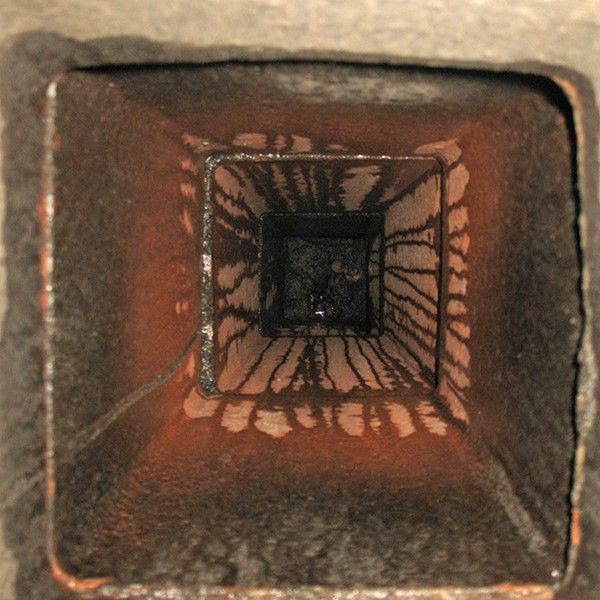
January 10, 2025
Many homeowners in the Eastern Massachusetts and Providence Triangle areas rely on wood-burning fireplaces for cozy warmth during the frigid winter months. However, the region's annual snowfall, which can be as much as 40 inches, can wreak havoc on chimney structures, leading to potentially serious leaks. As water damage can be as destructive as fire, it's vital for homeowners to understand the dangers of chimney leaks . The Dangers Not all chimney leaks are created equal. While some leaks may indicate the need for minor repair, others can be a sign of something far more dangerous, such as: Structural Damage Although water may seem like a natural, harmless liquid, it can actually weaken bricks, erode mortar joints, and even damage the chimney's foundation. This moisture can lead to cracks, instability, and, ultimately, a chimney collapse. Health Risks Leaks create damp conditions within and around the chimney that are often difficult to detect without regular inspections. This humidity is an ideal environment for mold and mildew growth. Once inside, the harmful spores can spread throughout the home, posing serious health risks to family members, especially those with allergies or respiratory issues. Fire Hazards Water intrusion can cause significant damage to the chimney liner. This protective lining, typically terra cotta tiles, retains intense heat within the flue, shielding the masonry walls and nearby combustible materials from heat transfer. A damaged liner increases the risk of a devastating chimney fire. Water Damage Leaks that begin in or around the chimney can spread into the attic, walls, and even the foundation of the house, causing significant water damage. It can lead to costly repairs, including wood rot, stained ceilings, and rusting chimney components, including the damper, cap, or top cover. Carbon Monoxide Poisoning Damage to the masonry, liner, and other components from chimney leaks can also lead to a buildup of carbon monoxide, an odorless, colorless, and deadly gas, within the home. Recently, four family members died in their sleep from carbon monoxide poisoning in a house without a CO detector. With a rise in CO-related deaths in New England, Firefighters stress the importance of having a working CO detector on every floor of your home. This inexpensive, simple device can save your life. Common Causes So, what causes chimney leaks? While there are many reasons, the most common causes here in the northeast, include: Chimney Caps: Perhaps the most common cause is a missing, damaged, or unsecure chimney cap or chase cover that allows precipitation to enter the flue. Freeze-thaw cycle: Heavy snowfall, ice, and pounding rain can cause cracks in the brick-and-mortar to expand and contract continuously throughout the winter, leading to water leaks in one or more areas of the structure. Chimney Crown: A damaged cap or flue cover can allow snow and rain to enter through cracks in the crown’s concrete surface, resulting in water damage to the interior masonry walls. Flashing: Warped or rusted flashing will allow rain and melting snow to leak through the gap, potentially damaging the exterior masonry wall. It can also lead to wood rot that can damage your siding, the roof deck, and the attack. The Warning Signs Your chimney will often alert you to an existing or potential leak. Be on the lookout for these warning signs: Rain or snow dripping into the fireplace is a clear sign of a leak, most likely from a compromised chimney cap or chase cover. Water staining on the ceiling or wall near the fireplace is a danger sign of a leak, which could be due to damaged chimney flashing. Sounds of dripping water often indicate the potential of an active leak inside the chimney. Damp or musty odors around the fireplace are signs of potential mold growth that is feeding on moisture in or around the chimney. Clay material in the firebox indicates that the flue liner is failing, often due to a water leak or condensation. Spalling brick is the chipping or flaking of the bricks, often caused by water damage. It can ultimately lead to a complete structural collapse without chimney repair. If you notice any of the above warning signs, contact Horizon to schedule a chimney inspection as soon as possible to locate the source(s) of the leak(s). Annual Inspection Is Key to Leak Prevention One of the most effective ways to prevent chimney leaks is to schedule annual chimney inspections . These inspections, conducted by a Certified Chimney Sweep®, are designed to identify and address potential problems early on, such as cracks, missing mortar, and damaged bricks that can cause water leaks. Call Horizon For Expert Chimney Leak Detection and Repair Services When it comes to expert chimney leak detection and repair services, Horizon is a name you can trust. As a family-owned and operated business with over three decades of experience, we are proud to offer top-rated, CSIA-certified chimney services, including inspections and cleaning. For a job done right the first time, call Horizon Chimney Services. We proudly serve North Attleborough, MA, Woonsocket, RI, and surrounding towns throughout Eastern Massachusetts and Rhode Island.
serving
Proudly Serving Eastern MA and RI
Business Hours
- Mon - Fri
- -
- Sat - Sun
- Closed
Hi. Do you need any help?
Privacy Policy
| Do Not Share My Information
| Conditions of Use
| Notice and Take Down Policy
| Website Accessibility Policy
© 2025
The content on this website is owned by us and our licensors. Do not copy any content (including images) without our consent.
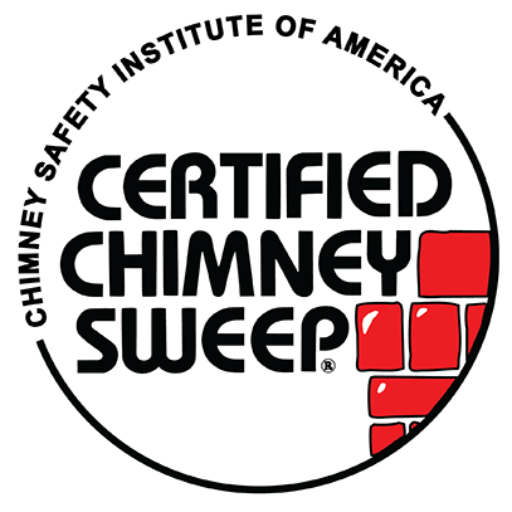
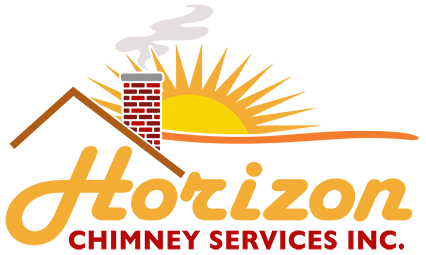
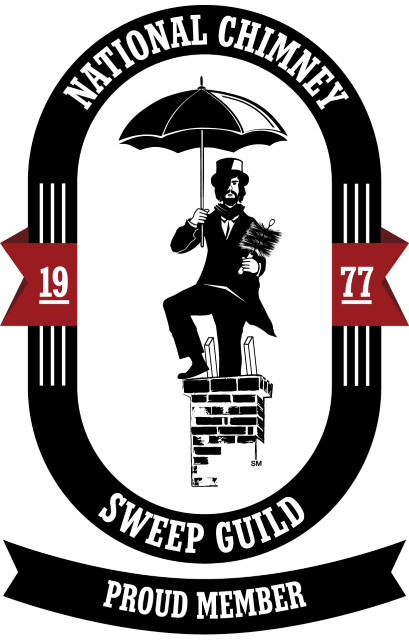
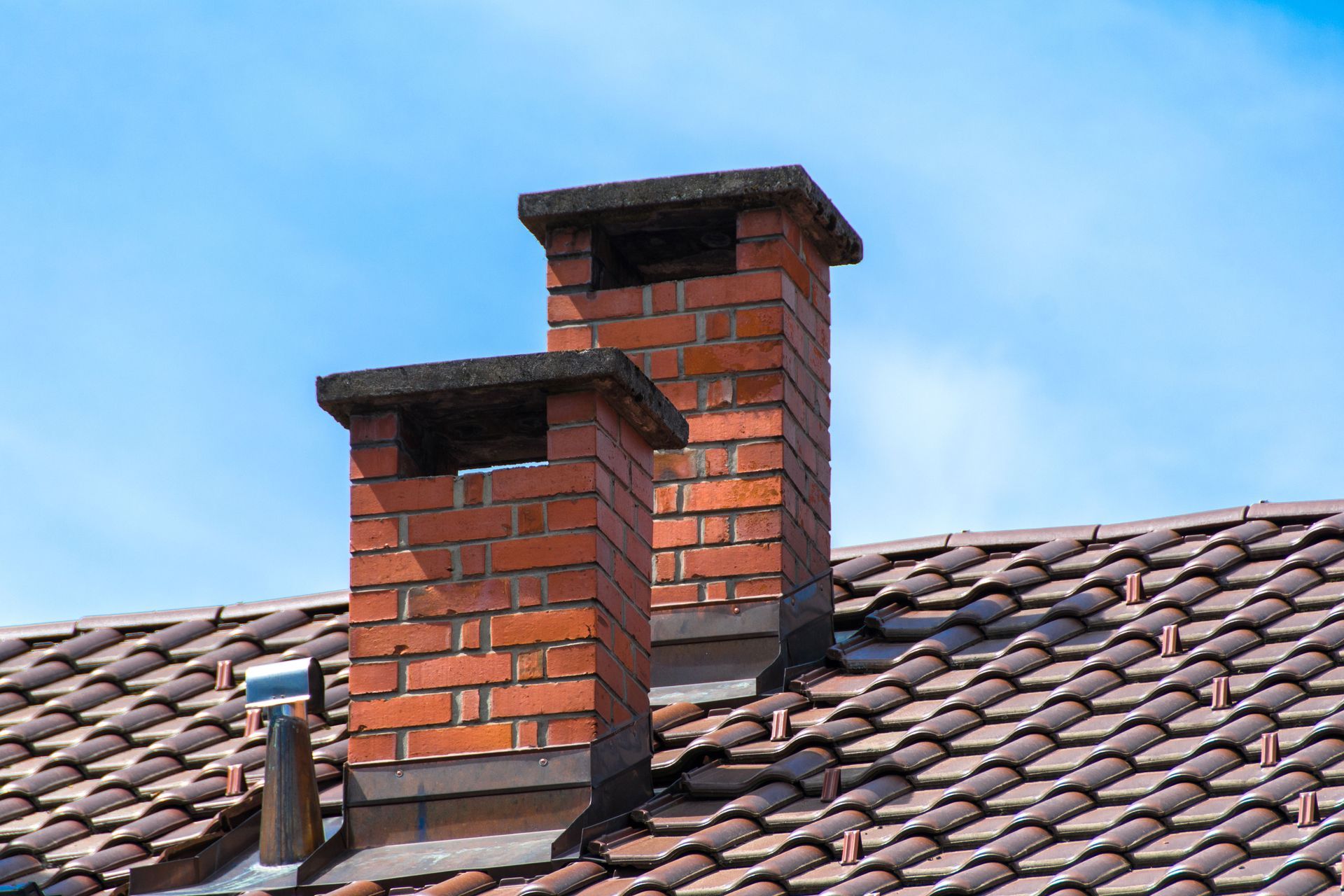
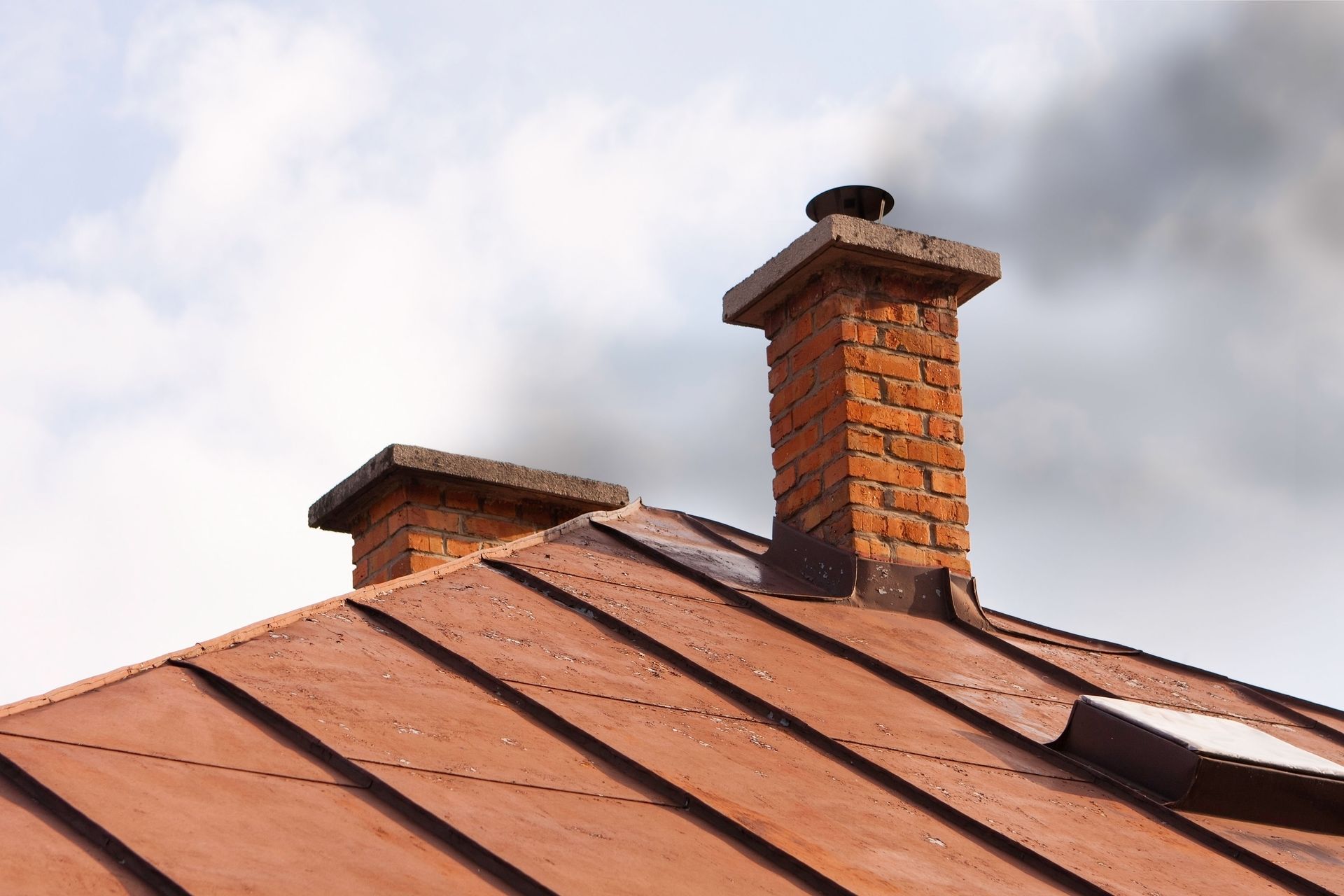
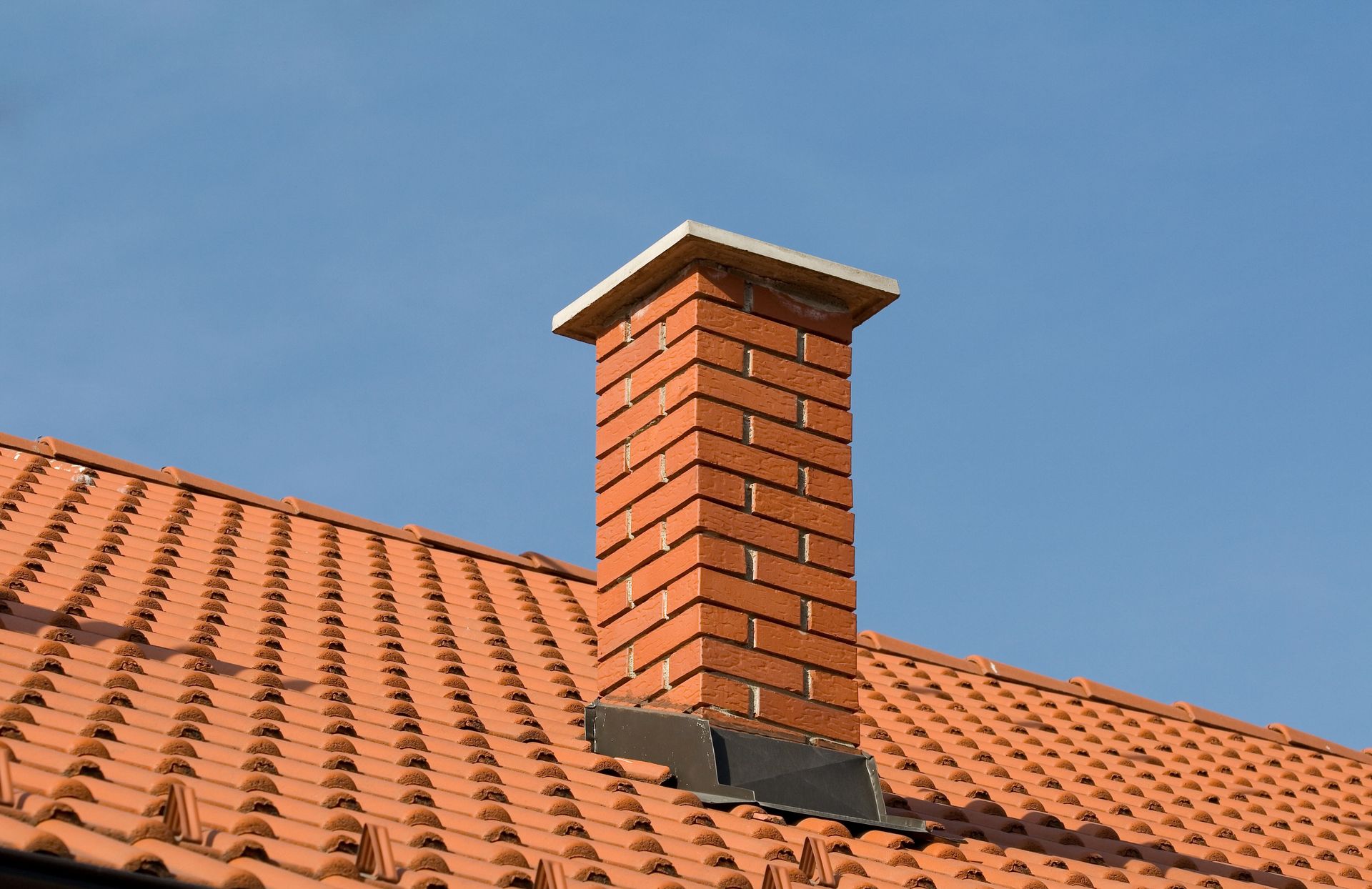
Share On: